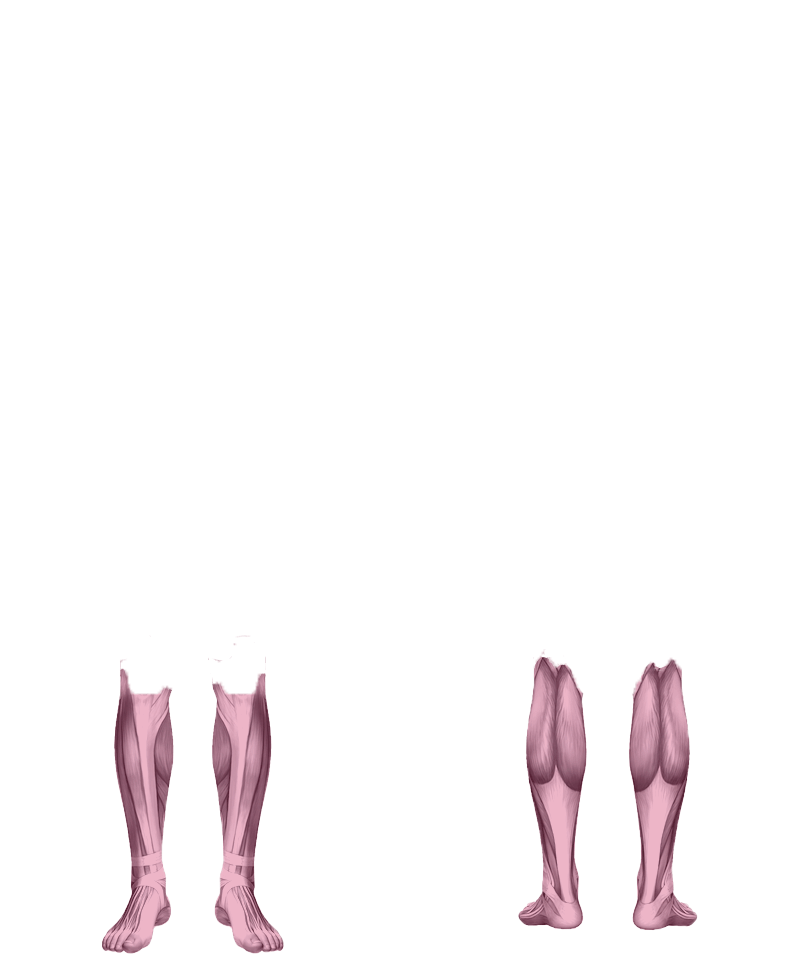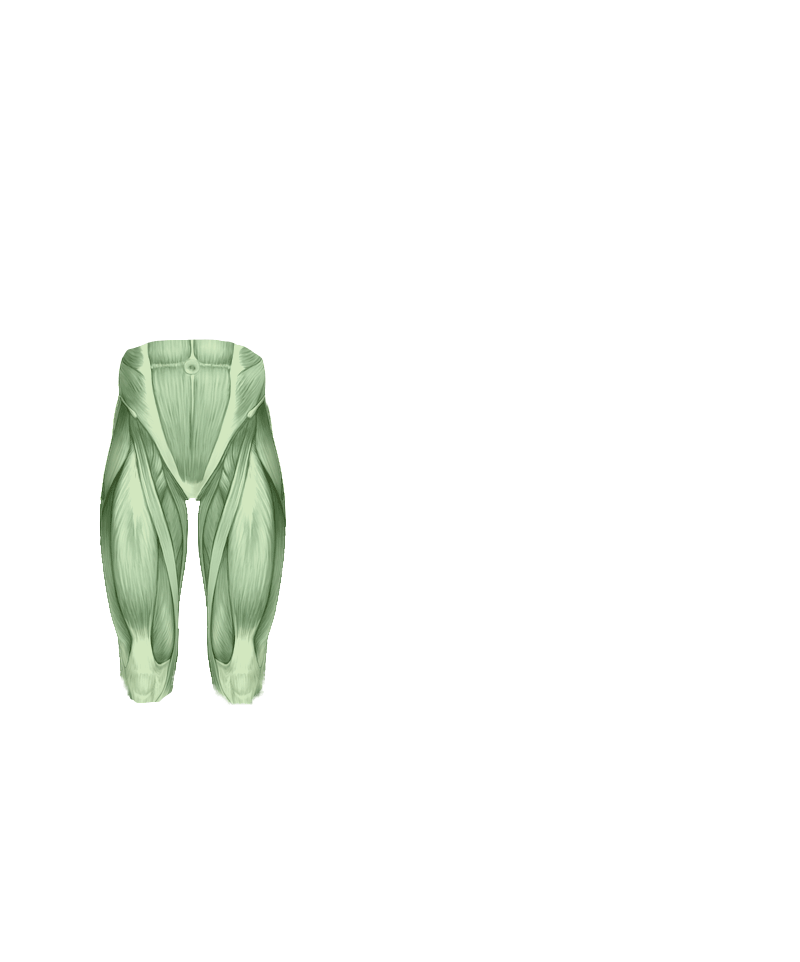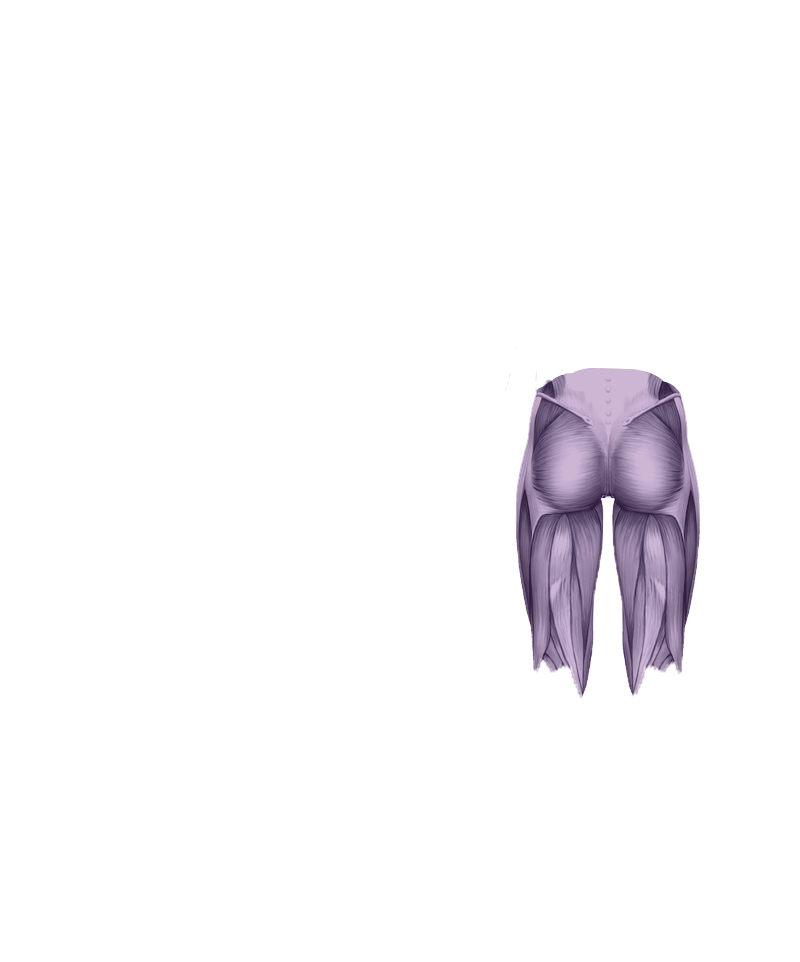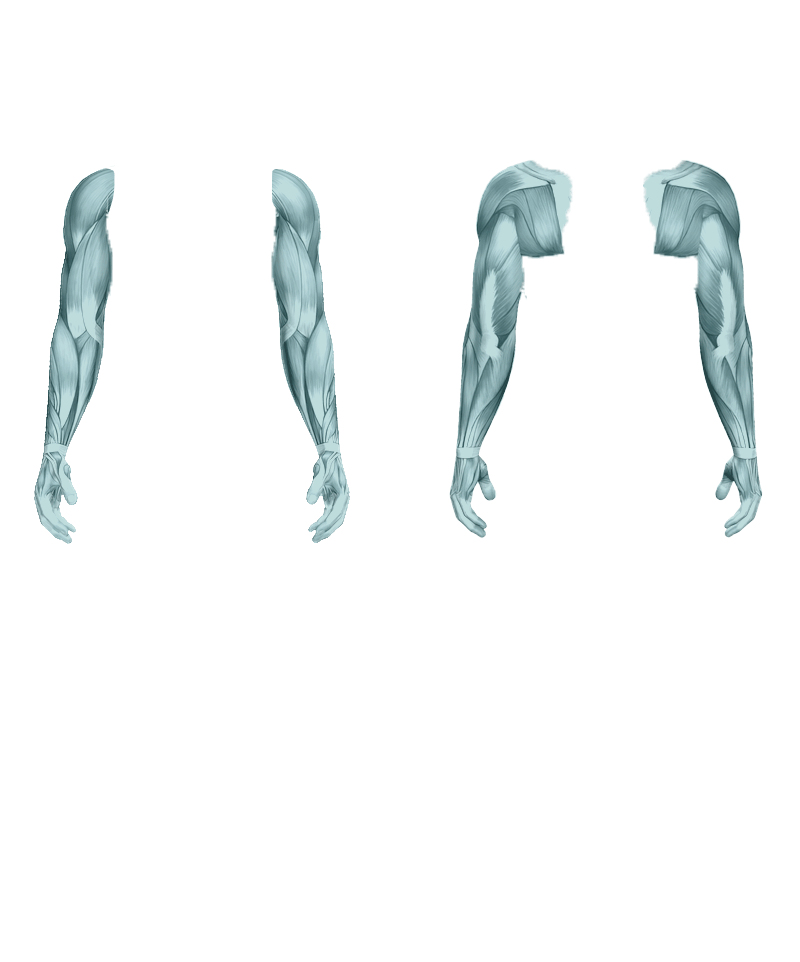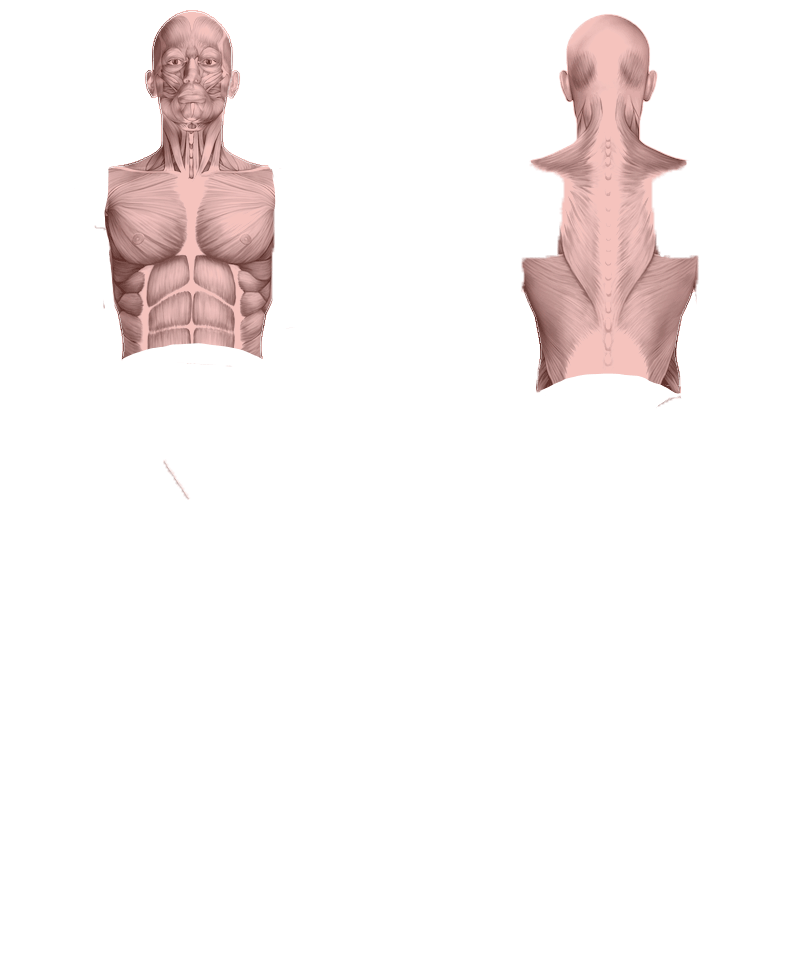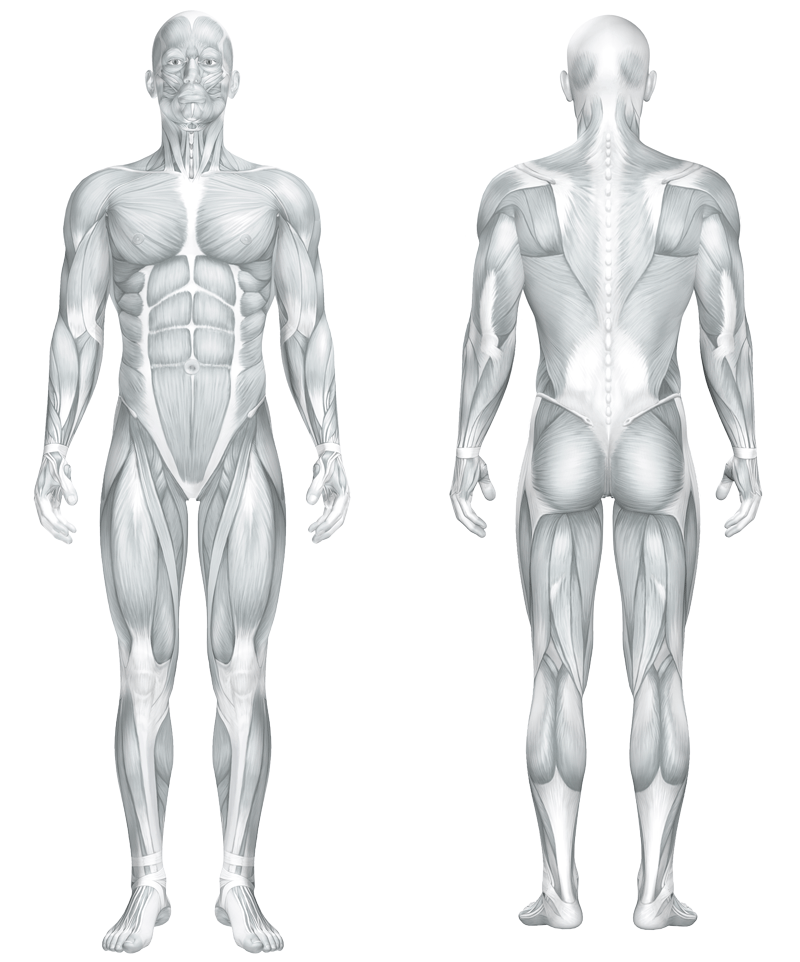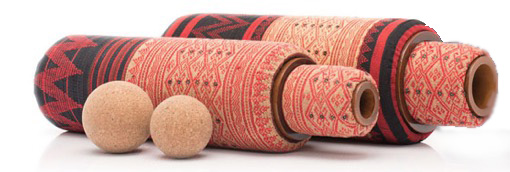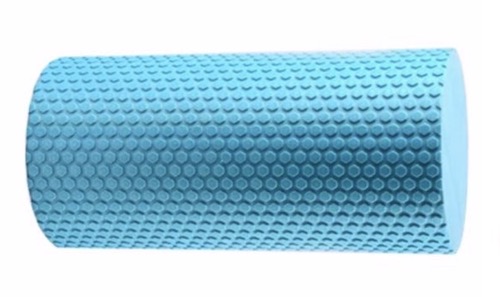Body Rolling
Body Rolling is an essential part of body maintenance and is sometimes referred to as SMFR (Self-MyoFascial Release). It is an efficient means of balancing muscle compression and tension in the body and when practiced effectively, it can provide direct benefits for many orthopedic-related conditions in the body like back pain, knee pain, hip pain, rotator cuff, etc.
Body Rolling can simply be described as self-massage by putting bodyweight upon a foam roller or ball to apply pressure on the muscles and encourage myofascial release in those areas. In general, all the techniques are safe unless the person has physical limitations that prevent them from yoga-like exercises performed on a cushioned mat or yoga mat.
Practice by body area (grouped by function) for therapeutic benefit when working with a joint imbalance, longterm postural issue, nerve impingement, etc. See the Five Body Areas below:
Required Tools
- A cork or rubber ball, baseball or lacrosse ball that is small and firm enough for the hands, feet, back, etc.
- A softball is good for the hips, gluteus and hamstrings.
- A foam roller firm enough for supporting full bodyweight on the back, upper legs and hips. Avoid one that is too soft, hard or sharp for your body.
- A rubber inflated ball for more sensitive areas like on the belly, near breast tissue or near the groin.
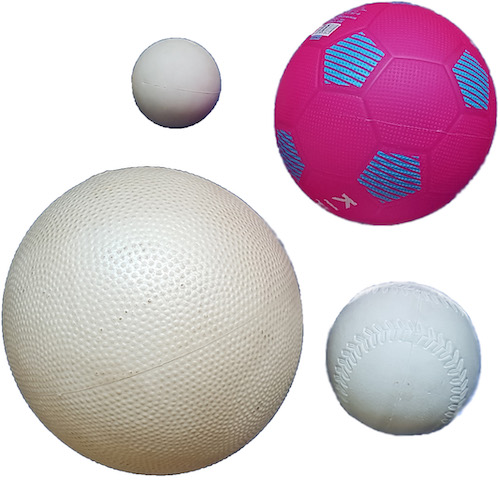
Precautions and Basic Advice
- Avoid pressure on open wounds, rashes, eczema, and varicose or damaged veins.
- Avoid deep pressure near kidneys with foam rollers and on bones with hard balls.
- Protect knees and old injuries when practicing on hard surfaces or in steeper positions.
- Do not force yourself deeper when rolling, ALIGN and RELAX first, then SINK IN deeply.
- Pain will occur when putting weight on very tight areas or around old injuries. Take it slow and find ways to sink in deeper and back off when necessary… like getting into a very hot bath.
Techniques for Releasing Deeper
- Position: Start from being neutrally-aligned, then lean in slowly to apply bodyweight.
- Breath: Slowly exhale when sinking deeper into release, inhale slowly when:
- Staying longer in the same spot. Raise your body up on inhale, sink deeper with exhale.
- Transitioning to the next position along the muscle with weight on the ball or roller.
- Backing off the ball or roller by leaning away.
- Counting: Count 1, 2, 3 while exhaling helps to slow down and sink deeper. Myofascial release takes time, at least 3-seconds and longer in many, many situations.
- Vary Technique: Sometimes paint areas more continuously, sometimes pause and change the leaning angle or take longer time, sometimes wiggle your hips and sink in right after, etc.
- Repetition: For injury recovery, more focused and frequent practice is necessary to make lasting change vs. practicing for general wellness.

